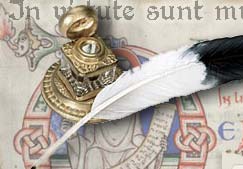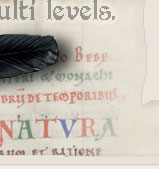

April 05, 2025, 08:37:28 AM

Ancient Cryptography »
Ancient Texts »
Voynich Manuscript »
Computation approach to Circular Astrolabes


|
 |
April 05, 2025, 08:37:28 AM |
 |
|
Ancient Cryptography »
Ancient Texts »
Voynich Manuscript »
Computation approach to Circular Astrolabes
|
|||
 |
|||